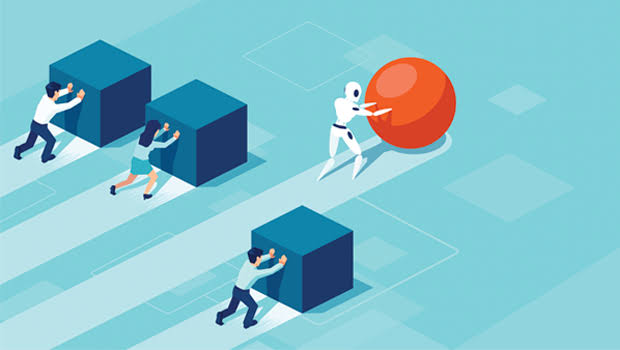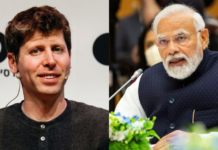Organisations must analyse the integration of hyper-automation into their process and areas that need to be prioritized for a successful outcome
The pace at which organizations are adopting disruptive technologies to cope with the new normal has been accelerated by COVID-19 pandemic. Hyper-automation practices, an intersection of artificial intelligence (AI) and machine learning (ML) with autonomy driven by robotic and cognitive process automation.
The investment made for redundant tasks while summoning a driving force to initiate innovation would crunch up by a strategic approach of implementing hyper-automation. Hyper-automation offers powerful analytical tools and capabilities that enable human-machine collaboration, enhance customer experience while relieving extra operational investments, and boosting productivity.
Automation can be cognitive or rule-based. Hyper-automation can be achieved when infused and democratized across the enterprise and reimagined leveraging automation and AI. Allowing them to complete processes faster, more efficiently, and with fewer errors, this can augment human capabilities. Hyper-automation will thus free humans from the routine, mundane tasks and enable them to focus on more creative value-added work for the organisation.
Using Natural Language Processing (NLP) to interpret human speech or translate it into various languages or using Optical Character Recognition (OCR) to read images and extract relevant information from it or using ML to analyse patterns and detect discrepancies are the few examples of hyper-automation. To suggest appropriate and quick resolutions based on past transactions and history, AI can help a customer support centre chatbot to analyse their customer’s data and input. This can considerably reduce the workforce needed for customer support. Even if a call eventually gets transferred to a human, the executive will have enough information about the customer to ask the right questions.
To check mask usage compliance by delivery partners and to stop delivery of non-essential items, Swiggy used AI during the pandemic.
To rapidly segregate essential and non-essential items using natural language models and add neighbourhood grocery vendors and their items onto their platform, the 2020 lockdown drove e-commerce retailers. To read the physical menus and extract relevant information with the price, restaurants had to update their menus as many of the items could not be delivered to home, which was accomplished majorly by having computer vision models.
By having AI read and validate prescriptions, online pharmacies can greatly benefit. By having AI run through test/scan results and patient history, tele-consultations with doctors can be done easier and faster. With continuous learning, bots will give more insights about the patient readily to a doctor. Through electronic health records for disease prevention and diagnosis, AI algorithms also can analyse large amounts of data, furthering their utility in early detection and outbreak prevention of communicable diseases.
AI can easily detect a forgery in documents submitted online by repeatedly having machine learning from thousands of images (both valid and doctored), for e.g., bill submissions for a claim, or in the submission of documents to get a legal document (e.g., driver’s license or Aadhar Card). Providing much ease to customers, processes can be seamless and efficient. They need not queue up at an RTO or other centres to get the document. This is much needed in post-COVID life.
In the entertainment industry, AI can have path-breaking innovations. What if while watching a movie on an OTT platform, you suddenly take a fancy to particular attire or object which is in the movie and want to know the brand or where to buy it from? Image recognition and search features can help bring this feature to the customer.
Recently, a driverless train was tested by the Bangalore Metro. How can AI enable the driverless train to identify an emergency and take appropriate action, or how can AI make the ride more comfortable for the consumer by auto-adjusting ambient temperature? Will this be the future of travel? It will be interesting to watch out.
Organizations must analyse the integration of hyper-automation into their process and areas that need to be prioritized for a successful outcome, as the criticality of AI to aid hyper-automation is imperative today.
On pre-requisites such as data acquisition, ingestion, cleaning, integration, storage, governance, protection, and consumption supported by future-ready AI technologies and superior design considerations, the base of a successful and effective hyper-automation project is founded. This requires having multiple domain experts working together to achieve the end goal, enabled by the advantages of hyper-automation.
Vast benefits to an organization can be brought by hyper-automation in terms of flexibility, increased ROI, employee productivity and engagement, and benefits to the society at large in terms of convenience, ease, faster services, and safety.
Also read: Fortinet Announces AI-powered XDR for Fully Automated Threat Detection, Investigation, and Response
Do Follow: CIO News LinkedIn Account | CIO News Facebook | CIO News Youtube | CIO News Twitter






